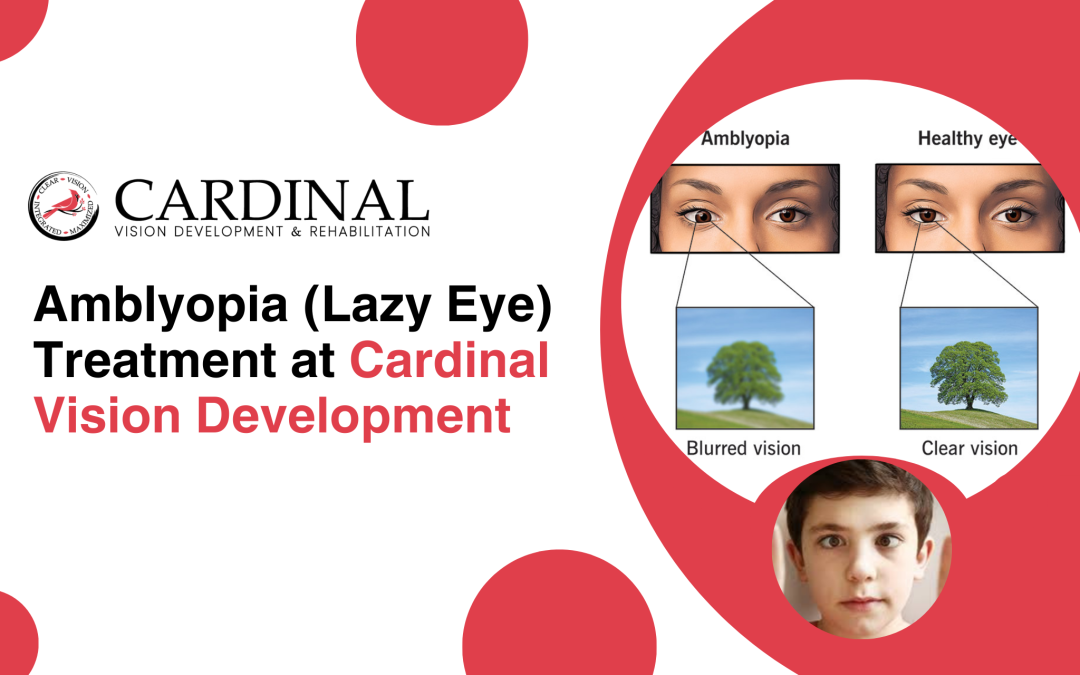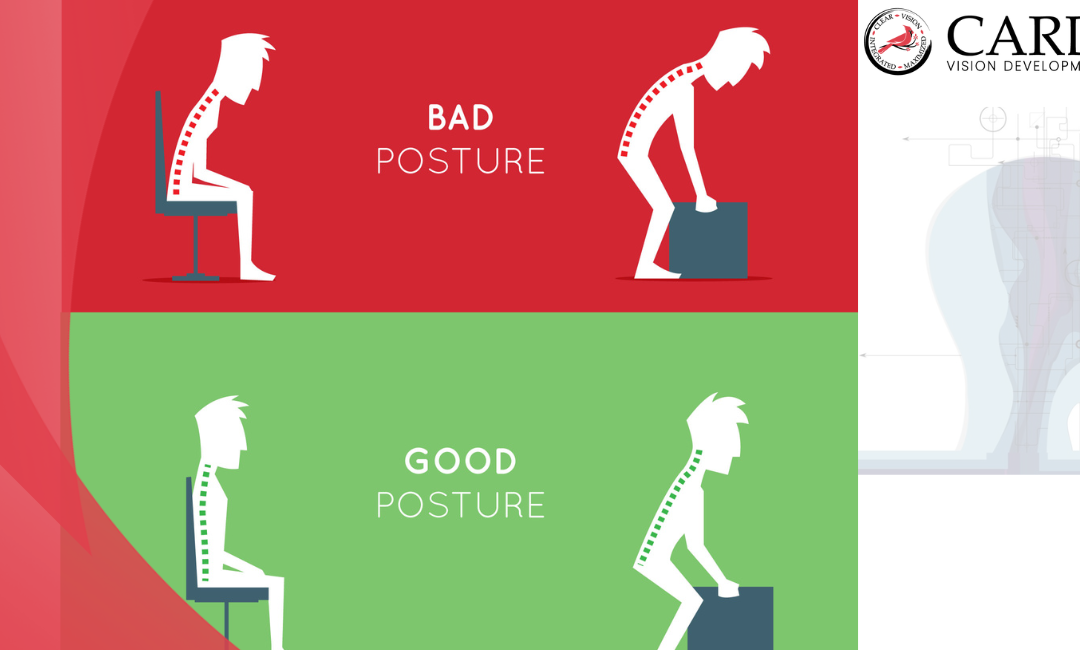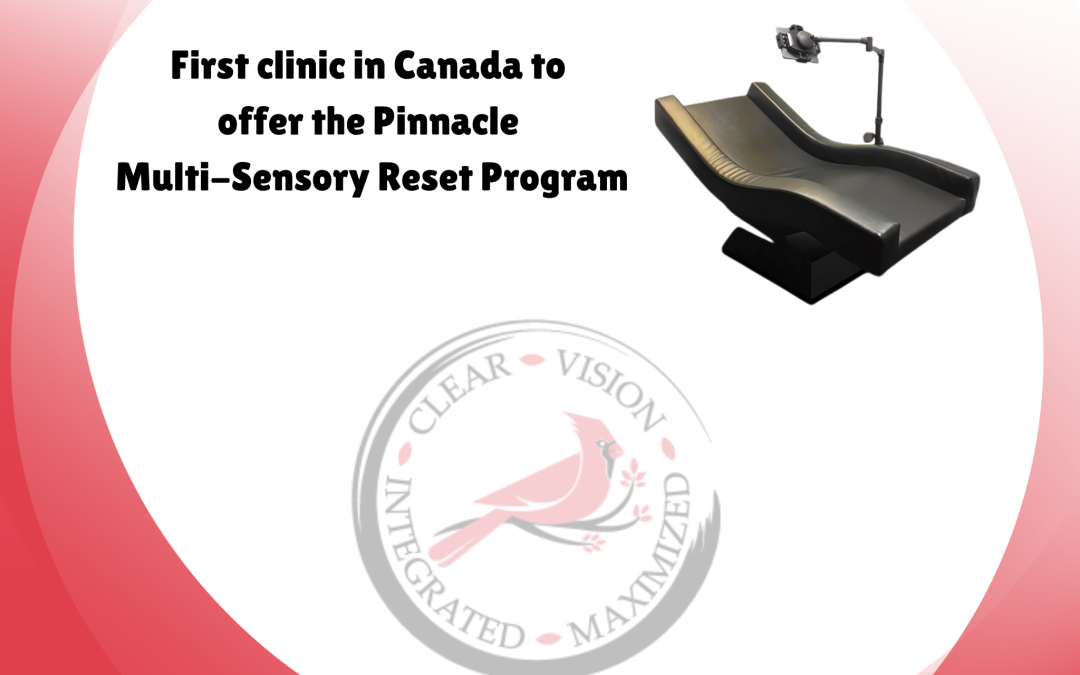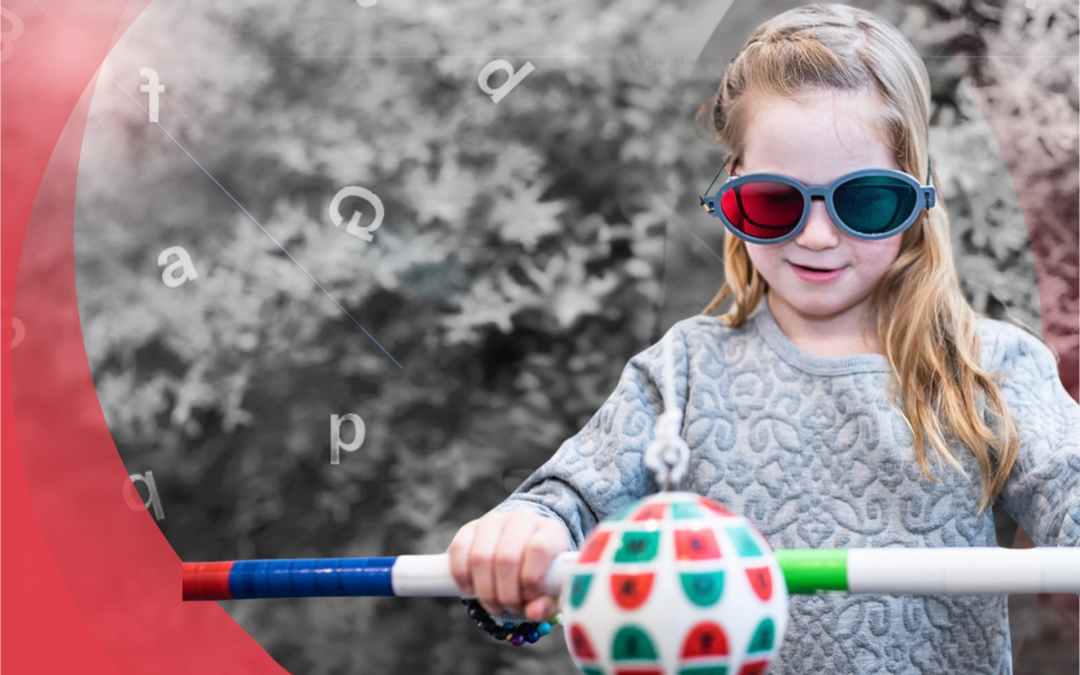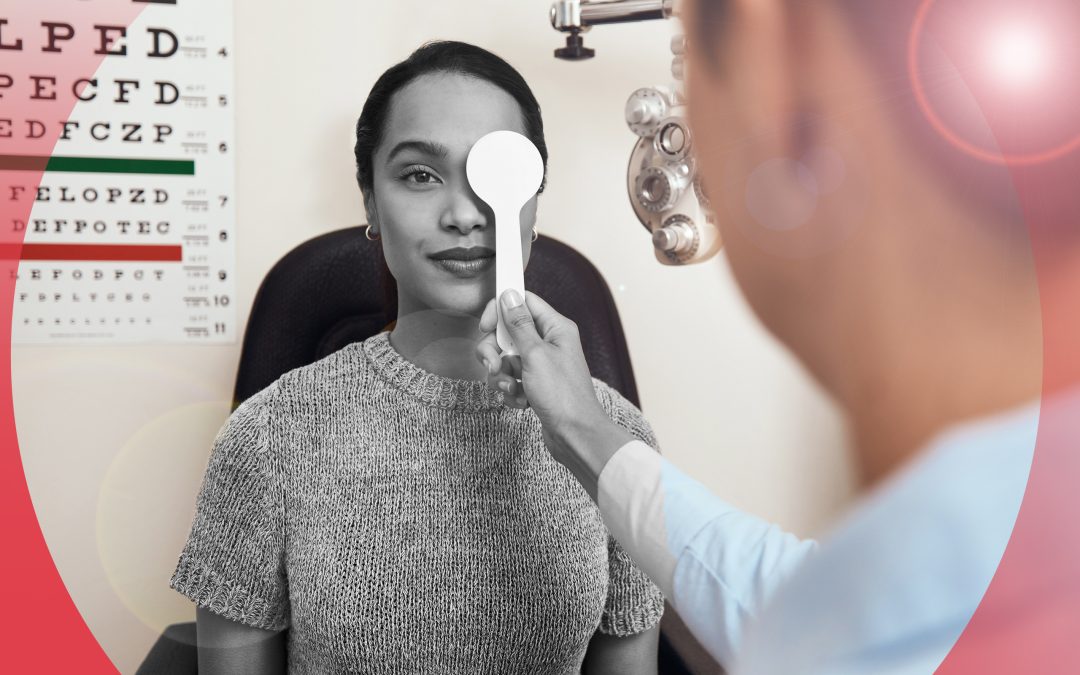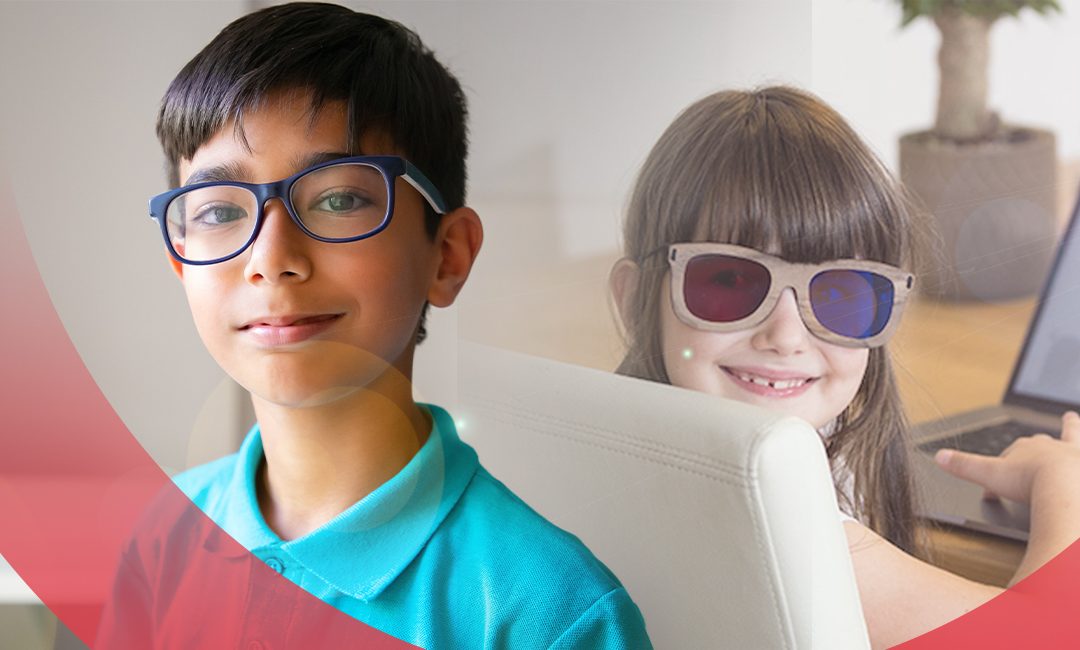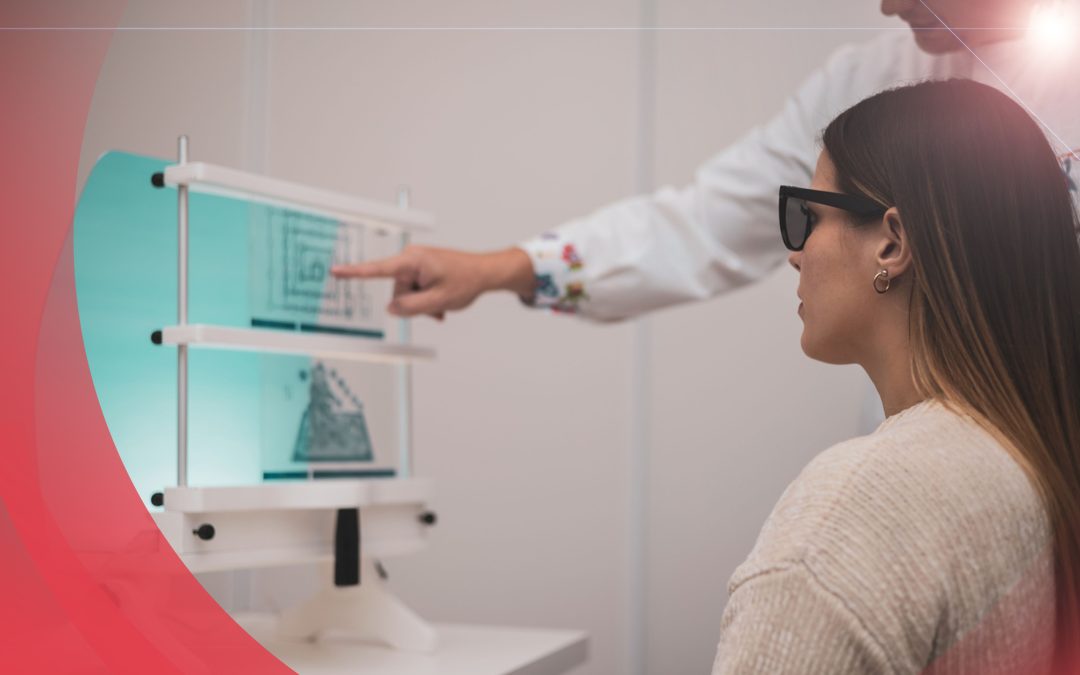A lazy eye, also known as amblyopia, is a condition where one eye fails to develop normal vision, even though the eye itself is healthy. Instead, the brain relies on the stronger eye, leading to poor vision in the weaker one. Although this condition is often diagnosed in childhood, it can affect adults as well. However, the good news is that there are effective lazy eye workouts, eye exercises, and lazy eye therapy options that can help improve vision. This article will explore how these treatments work and how you can use them to improve vision, whether you are a child or an adult dealing with lazy eye.
What Is Lazy Eye (Amblyopia)?
Lazy eye or amblyopia is a visual development disorder in which the brain favors one eye over the other, causing the vision in the weaker eye to become suppressed. This condition is often discovered in childhood, but many adults may also have undiagnosed lazy eye. Some common causes of amblyopia include:
- Refractive errors: If one eye is significantly more nearsighted or farsighted than the other, the brain might ignore the blurry image from the weaker eye.
- Strabismus: Misalignment of the eyes (crossed or turned eyes) can lead the brain to ignore one eye to prevent double vision.
- Deprivation amblyopia: If one eye is blocked or deprived of vision, the brain may start favoring the other eye.
The key to improving lazy eye is to treat it by re-training the brain to use the weaker eye, which can be done through a combination of lazy eye workouts, eye exercises, and ocular therapy exercises.
Lazy Eye Cure: How Effective Are Treatments?
There isn’t a single cure for lazy eye, but various treatments, including lazy eye workouts and therapy, can significantly improve vision. Early diagnosis and treatment are crucial, as the younger the patient, the easier it is to correct amblyopia. In adults, the treatment can be more challenging, but improvement is still possible.
Common Lazy Eye Treatments
- Eyeglasses or Contact Lenses: If refractive errors contribute to the lazy eye, eyeglasses or contact lenses can help correct the vision. This is often the first step in treating amblyopia.
- Patching: This method involves covering the stronger eye with a patch to force the brain to rely on the weaker eye. The patching duration depends on the severity of the lazy eye.
- Surgery: For cases of misalignment (strabismus), surgery can be used to straighten the eyes, allowing the brain to use both eyes effectively.
- Atropine Drops: These drops blur the vision in the stronger eye, encouraging the brain to focus on the weaker eye.
The goal of all treatments is to force the brain to engage the weaker eye, improving its function and coordination.
Eye Exercises: A Natural Way to Improve Vision
Eye exercises are a vital part of lazy eye treatment. These exercises are designed to help improve focus, coordination, and visual skills in the weaker eye. While they may not cure lazy eye on their own, they can help improve visual acuity and strengthen the weak eye.
Some effective eye exercises for lazy eye include:
1. Focus Shifting
This exercise helps improve focusing abilities and coordination between the eyes. It involves moving a pen or small object between near and far distances. The goal is to focus on the object at different distances, challenging the weaker eye to focus on both near and far objects.
2. Brock String Exercise
The Brock String is a popular exercise to improve eye coordination. It involves a string with several beads attached. You hold one end of the string near your nose and look at each bead, ensuring both eyes focus on the same bead. This exercise strengthens eye tracking and helps improve depth perception.
3. Pencil Push-Ups
For this exercise, hold a pencil or pen at arm’s length and focus on it. Slowly bring it closer to your nose while keeping both eyes focused on the pencil. Repeat the exercise, and try to bring the pencil closer each time without losing focus.
How to Fix Lazy Eye in Adults
Treating lazy eye in adults is more complex than in children, as the neural pathways in the brain are already developed. However, it’s still possible to fix lazy eye in adults with the right combination of treatments and dedication.
Here’s a step-by-step approach to treating lazy eye in adults:
- Consult an Eye Specialist
The first step in treating lazy eye is to see an eye specialist who can assess the severity of the condition. This may involve vision tests, eye exams, and determining the underlying causes of amblyopia. - Patching or Atropine Drops
One of the most common treatments for adults is patching the stronger eye for several hours a day or using atropine drops to blur the vision in the stronger eye. This forces the weaker eye to work harder and improve its function. - Vision Therapy
Vision therapy is a structured program of exercises designed to improve visual skills, such as focusing, tracking, and depth perception. This is often done under the supervision of an eye therapist. - Surgery
If the lazy eye is caused by misalignment (strabismus), surgery may be necessary to correct the eye muscles. This helps both eyes align properly and allows the brain to use both eyes together. - Be Consistent and Patient
The process of treating lazy eye in adults can take several months, so consistency is key. Following the prescribed treatment plan and being patient can lead to significant improvements in vision.
Ocular Therapy Exercises: Strengthening the Weak Eye
Ocular therapy exercises are specifically designed to improve the function of the weaker eye. These exercises help strengthen the muscles around the eye and improve coordination between the eyes. Ocular therapy can be personalized based on an individual’s needs, focusing on improving depth perception, focusing ability, and tracking.
Here are some common ocular therapy exercises:
1. Eye Tracking Exercises
These exercises involve following moving objects with both eyes. It helps improve coordination between the eyes and strengthens the connection between them.
2. Near-Far Focusing
This exercise involves focusing on an object at a close distance and then shifting focus to a far object. It helps train the brain to switch between different focal points and strengthen the weaker eye.
3. Eye Hand Coordination
Incorporating activities like drawing, catching a ball, or playing video games that require eye-hand coordination can be beneficial for improving ocular control.
Lazy Eye Therapy: More Than Just Exercises
In addition to lazy eye workouts and ocular therapy exercises, several other therapies can help improve lazy eye:
1. Vision Therapy Programs
Vision therapy involves a series of visual exercises aimed at improving visual skills. It can include working with a therapist who guides you through activities that improve eye tracking, focusing, and depth perception.
2. Virtual Reality Therapy
New technologies, such as virtual reality (VR), are being used to treat lazy eye. VR games and exercises engage both eyes simultaneously, improving coordination and stimulating the brain to use both eyes.
3. Botox Injections
In some cases, Botox injections may be used to treat strabismus by relaxing overactive eye muscles. This allows the eyes to align more naturally, helping the brain use both eyes effectively.
Conclusion
Lazy eye workouts and lazy eye therapy can significantly improve vision and help treat amblyopia. While early treatment yields the best results, even adults can benefit from these therapies. Whether you opt for eye exercises, ocular therapy exercises, or professional treatments like lazy eye cure options, consistency and dedication are key.
If you suspect you have a lazy eye, it’s important to consult with an eye specialist. With the right guidance, you can start working towards better vision today.
For personalized treatments and professional advice, contact Cardinal Vision Development to schedule a consultation and explore how their vision therapy programs can help you improve your eye health.
FAQs
1. Can lazy eye be treated in adults?
Yes, with proper treatment such as patching, eye exercises, and vision therapy, adults can improve their lazy eye.
2. How long does it take to see results from lazy eye therapy?
The time varies based on the severity and the method of treatment, but improvements can be seen within a few months with consistent effort.
3. Are ocular therapy exercises effective?
Yes, ocular therapy exercises can be highly effective in strengthening the weaker eye and improving coordination between the eyes.

